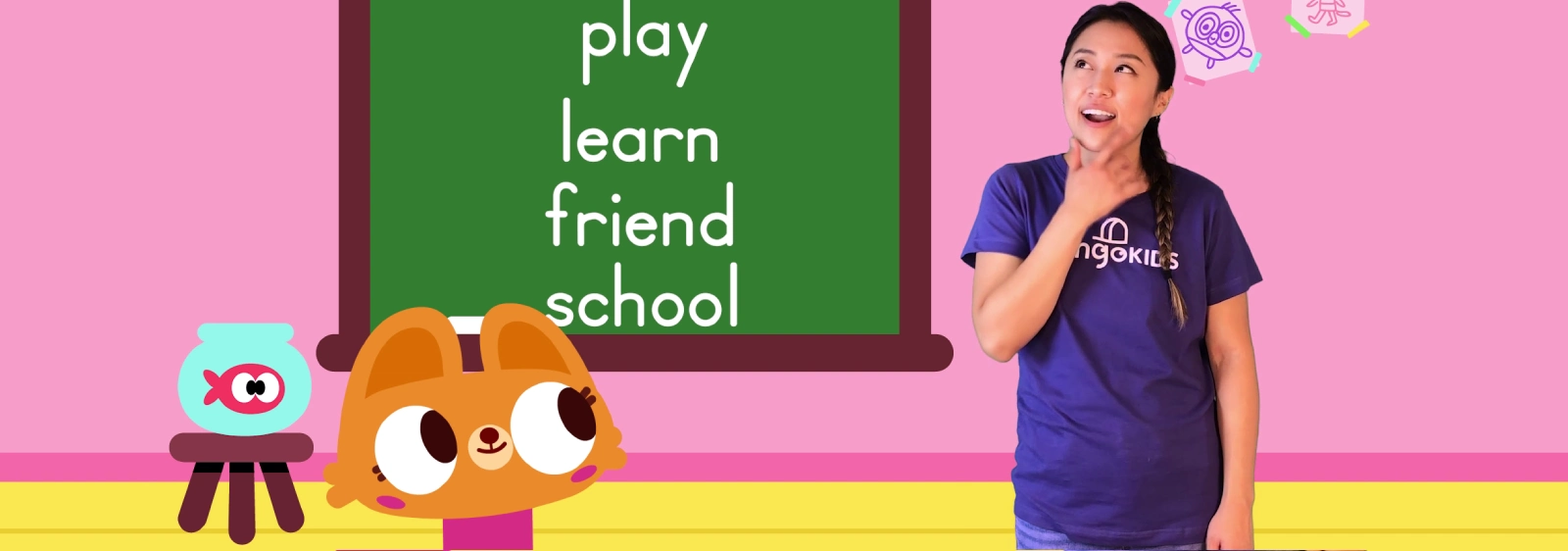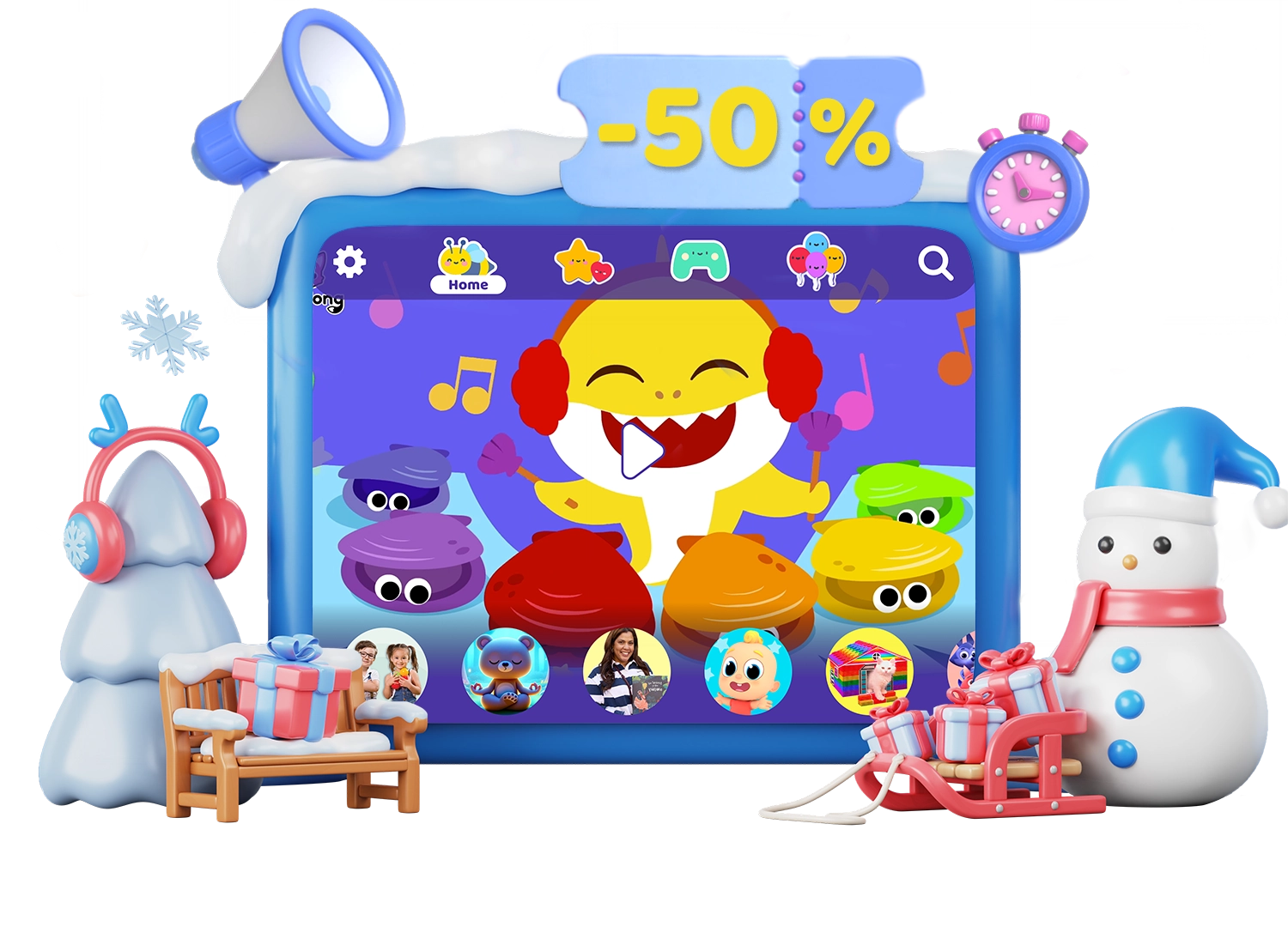Why Children Should Learn English as a Second Language Early
Starting early with a second language can make a world of difference for your child. Learning English, in particular, opens up countless opportunities, as it is the most spoken language in the world including native and non-native speakers. When children begin their ESL (English as a Second Language) journey at a young age, they are more likely to achieve fluency and confidence in their language skills.
Let’s dive into some evidence and tips on how kids can become fluent in English as a Second Language and why it’s so beneficial to start young.
Age and Learning Efficiency
Start Early, Speak Like a Native!
Research shows that kids who begin learning a second language before the age of seven tend to become as fluent as native speakers. If they start between eight and ten, they still can get pretty close to native fluency. After ten, there are noticeable differences, but it’s never too late to start! So, the earlier, the better.

Teaching Methods
One Parent, One Language
A great technique is the “One Parent-One Language” approach, where each parent speaks a different language to the child consistently. This is a way to expose the child to two languages frequently and can significantly boost bilingual skills and make learning more natural and effective. However, some families find this method very restrictive. A more natural exposure to both languages, an approach where both parents are involved in both languages, may be best for some. Try both and find what works best for you!
Bilingual Models
Bilingual models using translanguaging—switching between the native language and English—help kids understand both languages better. This method deepens their grasp of language structure and use, improving skills in both languages.
Make Learning Fun and Engaging
Effective ESL (English as a Second Language) education for young learners should be all about fun! Interactive activities, storytelling, and language games integrate learning into everyday fun. Immersive language environments, where kids are surrounded by English in a playful way, work wonders.

It is not always easy to find ESL schools or classes nearby, and even in those cases, reinforcement at home is super important. In this sense, and because children learn better when they have fun, children’s apps and games and cartoons in English can be of great help.
Can Mobile Apps, Games, and Cartoons Help Learning English as a Second Language?
Absolutely! Mobile apps, digital games, and cartoons in different languages can be fantastic tools for learning English. They provide interactive, engaging, and immersive language experiences that support various aspects of language acquisition.

Mobile Apps
Interactive Learning
Apps with interactive storytelling and speech recognition can boost vocabulary, pronunciation, listening, and comprehension skills. They’re great for at-home learning without needing direct teacher intervention. Even chatting with virtual assistants like Alexa or Siri can be a great way for your child to practice English.
Digital Games
Learning Through Play
Digital games designed for language learning create immersive environments where kids practice English through gameplay and narrative-based challenges. These games improve language skills in a fun and interactive way. Features like automatic speech recognition and instant feedback help kids perfect their pronunciation and phonetic skills.
Cartoons and Digital Media
Fun and Effective
When kids watch cartoons, they’re super focused, right? Watching English-language cartoons helps kids improve their speaking skills by providing a rich auditory and visual language environment. Engaging and relatable cartoons are practical tools for language imitation and comprehension.
Learning English with KidsBeeTV
With KidsBeeTV, your child can explore a world of English through stories, games, and cartoons, all tailored to their age and learning style.
Learn English with videos

KidsBeeTV features interactive lessons and activities from Lingokids, Om Nom, and many others. Enjoy nursery rhymes from Pinkfong and LooLoo Kids, dialogue-based cartoons to boost conversational skills, and stories with read-along text and narration. It’s all designed to make learning English as second language enjoyable and effective.
Learn English with games
KidsBeeTV is much more than just videos. The games and activities available in the app take advantage of a child’s natural love of play to turn learning English into an interactive adventure. Let’s explore some examples!

Draw the Letters
The ABC train travels through the countryside, each car carrying a special passenger – a letter of the alphabet. When kids stop the train, they must draw the letter they see to keep the train moving. When they draw the letter perfectly, they’re rewarded with a new discovery: a word that starts with that very letter. This game helps kids build their letter recognition and word association skills in a playful way.
Save the Animals
Aliens have abducted all the Earth’s animals and taken them to a giant warehouse. Kids have to rescue them and get them back to their habitats. In the meantime, they learn a lot of animals’ names and habitats.
Space Numbers
A game for kids who love astronauts and spaceships to learn to count with space vocabulary and trace the numbers.
Discover the joy of learning English! With KidsBeeTV, your child can enjoy the best of language learning in a safe and entertaining environment.





